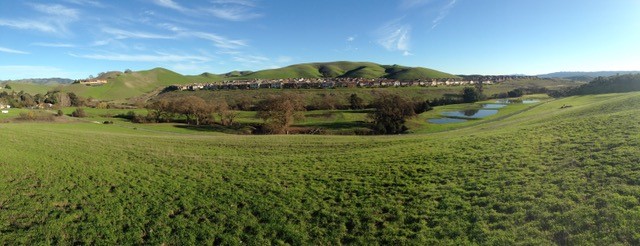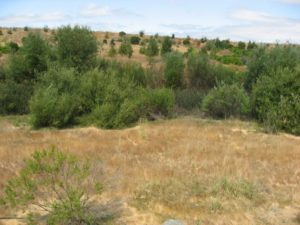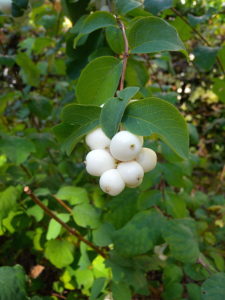Learn more about Carbon Sequestration efforts in rangelands and urban environments while benefiting disadvantaged communities…
Is the Watering Program for Your New Restoration Site Optimal?

Caption: LSA prepared and supervised implementation of a major creek and riparian habitat restoration plan using the watering techniques described here for over 5 miles of Alamo Creek and its tributaries in San Ramon, California.
We’re midway through the dry season and it’s important to make sure that the irrigation program for your newly installed native habitat restoration site is optimized to maximize plant establishment. Follow LSA’s tips below to implement the most effective watering program for your restoration site.
Watering native plants is not as simple as it may seem. Standard watering methods associated with an irrigated yard, park, or street frontage, which typically include year-round shallow and frequent watering, will not be successful for a native habitat restoration site. Why? Because natural precipitation in most of California occurs primarily during the winter months, native plants must develop deep roots to survive the summer months (i.e., the dry season).
Therefore, the goal of supplemental watering for a newly created native habitat is to promote deep root growth as quickly as possible. Shallow roots will desiccate when the surface dries; hence, the need for deeply-watered, deeply-rooted plants that can follow the water table throughout the year.
For native plants still receiving supplemental irrigation, follow these tips to optimize the summer watering program:
WATER QUANTITY
- Fill the plant’s watering basin with water and measure the amount of water required to fill the basin.
- When the water has percolated and the basin is empty but moist, auger beyond the root zone (estimated 12–24 inches for shrubs) using a soil probe, wooden dowel, or sharpened piece of rebar.
- If the water has not percolated beyond the root zone, continue to reapply until it has percolated beyond the root zone.
- Calculate the amount of water to achieve the goal and determine the water quantity required per plant, per watering event (typically between 2 and 5 gallons per application).
- Adjust the irrigation system output to match plant needs.
WATER FREQUENCY
- Auger the watering basins 2 to 3 days after determining water quantity.
- If the root zone is wet, repeat augering every few days until the root zone is somewhat dry, but not desiccated.
- You have now determined the length of time between watering; watering frequency may be between 3 and 6 days or longer.
Both quantity and frequency should be determined prior to each season as conditions and water requirements can change.
About Authors: Jeannette Halderman and Linda Aberbom, Senior Habitat Restoration Specialists at LSA, have over 65 combined years of experience in restoring, enhancing, and creating native habitats in California.
LSA has more than 30 years of experience assisting clients in planning and implementing cost-effective habitat restoration projects to satisfy their mitigation requirements. Contact Dan Sidle (Northern California) or Blake Selna (Southern California) to discuss the specific needs of your project.





